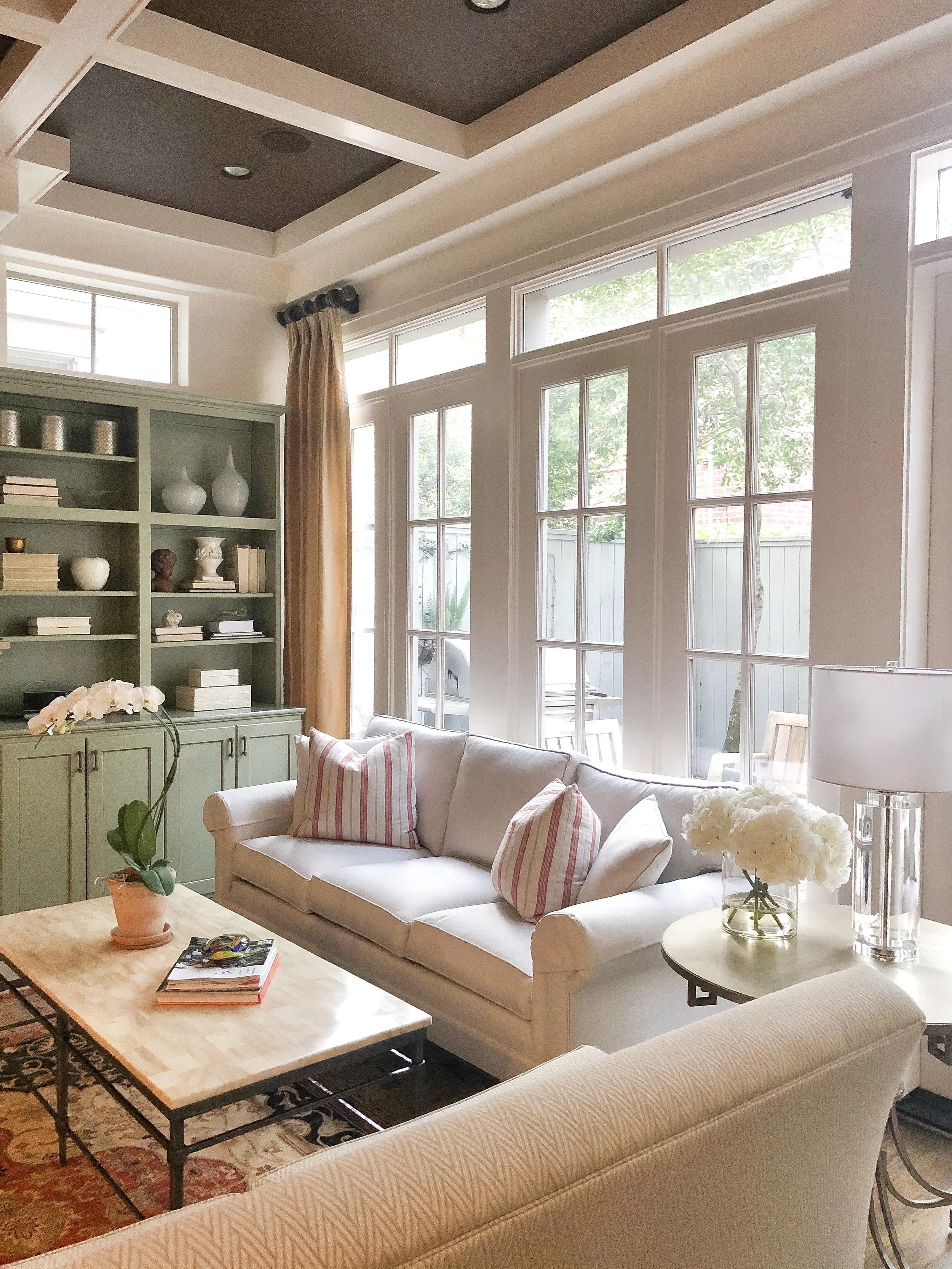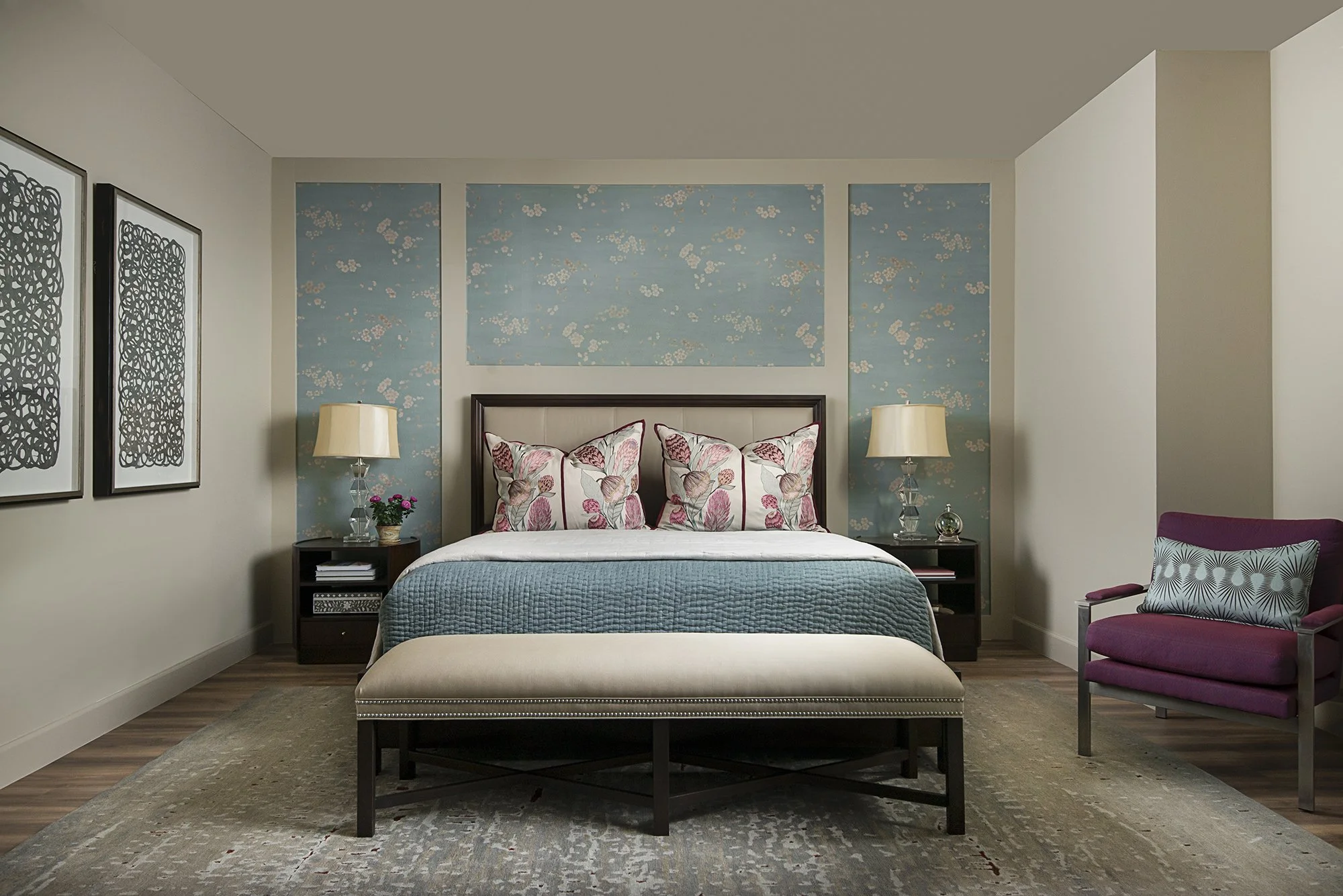Past Meets Present: Exploring 14 Interior Design Styles That Shaped Our Homes. Part Two
If Part One of our design journey showed how interiors evolved from traditional formality to the grit of industrial lofts, Part Two takes us into styles that feel more relaxed, expressive, and lifestyle-driven. These movements reflect not only global influences but also the growing desire for individuality, comfort, and a sense of home that speaks to personal identity.
BoHO Style
The free-spirited Bohemian style first emerged in 19th-century Paris, when artists and writers embraced a life outside convention. Drawing inspiration from travels and global cultures, the look celebrated layers of pattern, handmade textiles, and objects with a story like Moroccan rugs, Indian prints, and Eastern European folk art. Once associated with counterculture, boho has since evolved into a polished, mainstream aesthetic often called “boho-chic,” balancing eclecticism with curation.
Farmhouse
In contrast, the Farmhouse style grew not from urban studios but from European and American rural homes. Rooted in simplicity and utility, it featured wide plank floors, sturdy handmade furniture, and functional layouts. In recent decades, the farmhouse look has been reimagined into “modern farmhouse,” blending rustic textures with crisp whites and sleek lines. While still warm and cozy, today’s farmhouse interiors lean more refined—perfectly at home in suburban settings as well as country retreats.
Costal Design
Along the coasts of New England, California, and the Mediterranean, Coastal design took inspiration from the sea. Airy palettes, natural fibers, and casual furnishings created spaces filled with light and ease. What once could feel thematically “beachy” has matured into coastal chic—linen sofas, raffia accents, and shades of white and blue that evoke the ocean without being literal. The style has grown into an international favorite for its timeless, breezy appeal.
Transitional Design
Bridging old and new, Transitional design became one of the most popular approaches in the late 20th century. It offered an answer to homeowners torn between the ornate elegance of traditional and the sharp simplicity of modern. By combining classic silhouettes with clean lined details and neutral palettes, transitional spaces feel timeless yet adaptable an enduring favorite for families who want elegance without being bound to a single style.
Contemporaty
Today, many homes are described as Contemporary. A style not tied to a specific era but defined by what’s current. Contemporary interiors often feature open spaces, innovative materials, and statement lighting, while increasingly integrating sustainability and smart-home technology. The beauty of contemporary is its fluidity: it evolves with the times, borrowing from global influences and constantly redefining what “modern” means.
Japandi
A newer fusion, Japandi, marries Japanese minimalism with Scandinavian coziness. Muted tones, natural textures, and low furniture create a serene, soulful minimalism. Emerging in the 21st century, Japandi has quickly become a global favorite, especially among those craving simplicity without sacrificing warmth.
Eclectic Design
Finally, Eclectic design celebrates individuality. Though its roots go back to 19th-century architects who freely borrowed from different eras, today eclecticism feels like the most personal of all styles. Mixing vintage and modern, bold colors and muted tones, or global and local treasures, eclectic interiors embody the idea that rules can be bent, or broken when the result tells your unique story. Done thoughtfully, eclectic spaces feel curated rather than chaotic, proving that design at its best is an expression of identity.
From boho’s layered vibrancy to Japandi’s serene minimalism, Part Two of our journey highlights how interiors shifted toward self-expression, comfort, and individuality. Together with the styles explored in Part One, these movements show the incredible diversity of design—and how each era, philosophy, and culture has left its mark on the way we live today.








